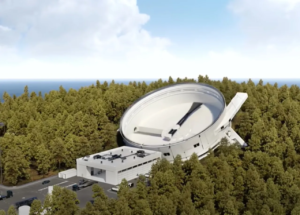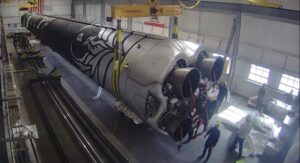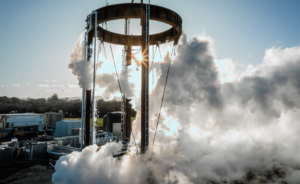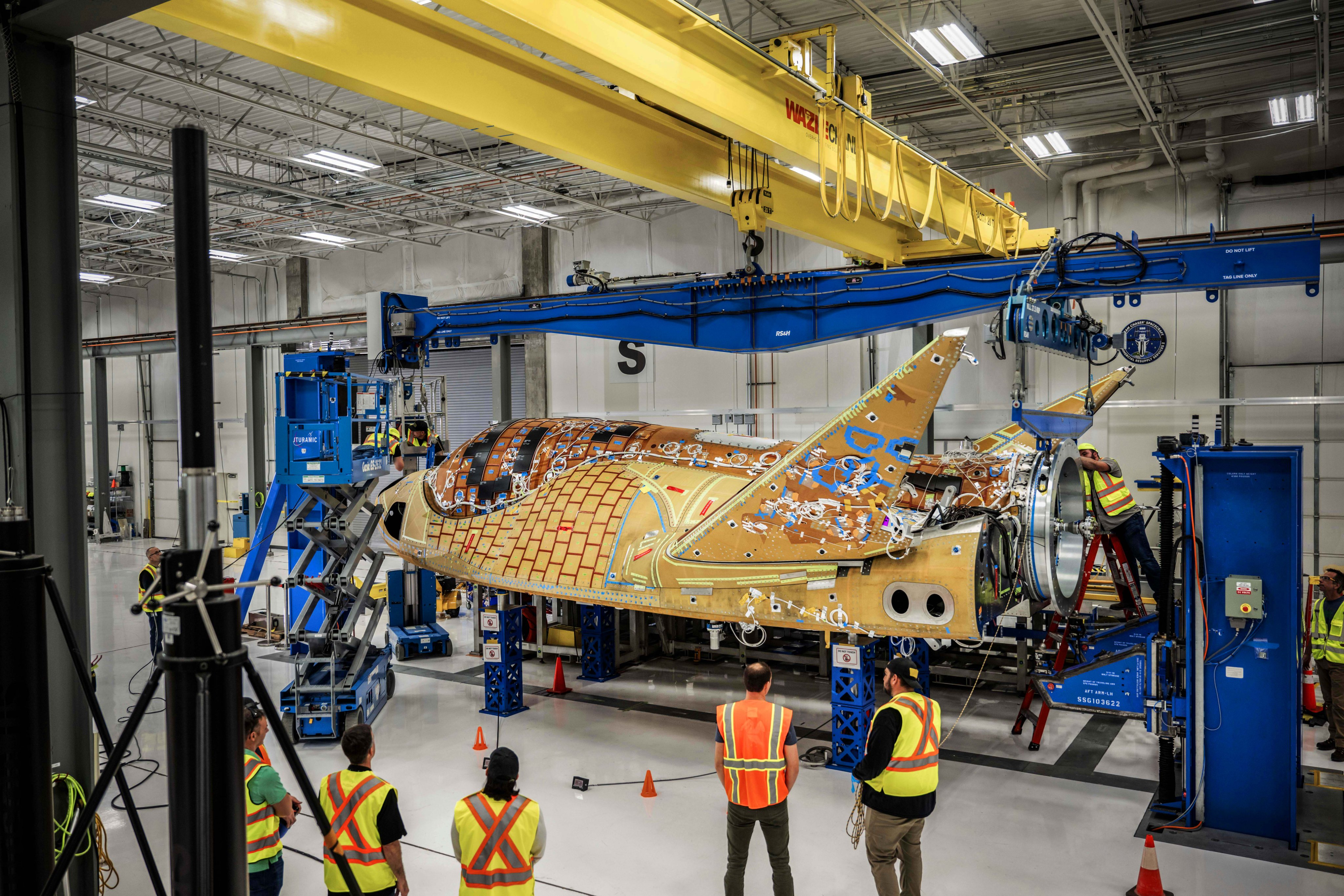
Sierra Space’s Dream Chaser Spaceplane Is Making Impressive Progress
All throughout the space industry, different companies are working on new and innovative ways to access space. Sierra Space is no exception with the work on Dream Chaser, an ambitious and unique spaceplane intended to transport humans and cargo to low Earth orbit. In recent months, the company has made very impressive progress on the launch vehicle as it gets closer to its first official launch attempt.
Specifically, just a few days ago Sierra Space provided an update on the progress of Dream Chaser. This included information and a video highlighting the construction of Tenacity. This progress is just a part of the continued work Sierra Space has put into this project over the past few years. However, now in early May, the company is getting very close to a flight-ready Dream Chaser.
Dream Chaser is not only meant to be reusable but also features different variants. These features are meant to make the most of the design after winning a vital contract from NASA for a Commercial Resupply to the International Space Station. Here I will go more in-depth into the recent progress, Dream Chaser overview, and what to expect in the near future.
Recent Updates

Like many other companies within the space industry, Sierra Space has big plans for the future. In order to achieve many of its goals, they are developing a unique launch vehicle meant to change how we access space. Recently the company has made some significant progress on the spaceplane and its future missions. Just over a week ago Sierra Space shared some exciting news on Dream Chaser. It started on April 30th with a tweet saying, “The Dream Chaser spaceplane, Tenacity, is taking shape and will be the first vehicle in our Dream Chaser fleet of orbital vehicles. Making space more accessible one innovation at a time.” This tweet included an image of Tenacity being constructed. You can see the company is making impressive progress and getting close to finishing the launch vehicle. The next update from Sierra Space came only a few days later on May 3rd. Here they tweeted mentioning, “Dream Chaser, Tenacity, has undergone aeroshell & wing deployment system installation. Under NASA’s Commercial Resupply Services 2 (CRS-2) contract, Dream Chaser will provide a minimum of six cargo service missions to and from the @Space_Station.” This update was one of the most revealing as it included a two-minute video of Tenacity’s progress and the assembly process. In the timelapse, you can see both the space plane taking shape and also the large amount of work still necessary from the company. It’s important to point out in relation to this video that the Dream Chaser spaceplane is owned and operated by Sierra Space, a wholly owned subsidiary of Sierra Nevada Corporation. Although design, manufacturing, and assembly is based in Louisville, Colorado, the company has assembled a world-class “Dream Team” of aerospace companies, NASA centers, universities, and international partners all collaborating to ensure the Dream Chaser is the safest, most reliable spacecraft in the world. They have established cooperative agreements with international space agencies collectively representing almost two dozen spacefaring countries with a heritage of success that includes hundreds of missions. For NASA missions, vehicle refurbishment between flights will be performed at Kennedy Space Center in Florida. All of this work is in preparation for the first launch attempt scheduled for later this year. The launch was slightly delayed quite a while back until 2022 but now Sierra Space is getting very close. Here Dream Chaser will be launched on top of a Vulcan Centaur and make its way to the International Space Station with supplies.
Dream Chaser Overview
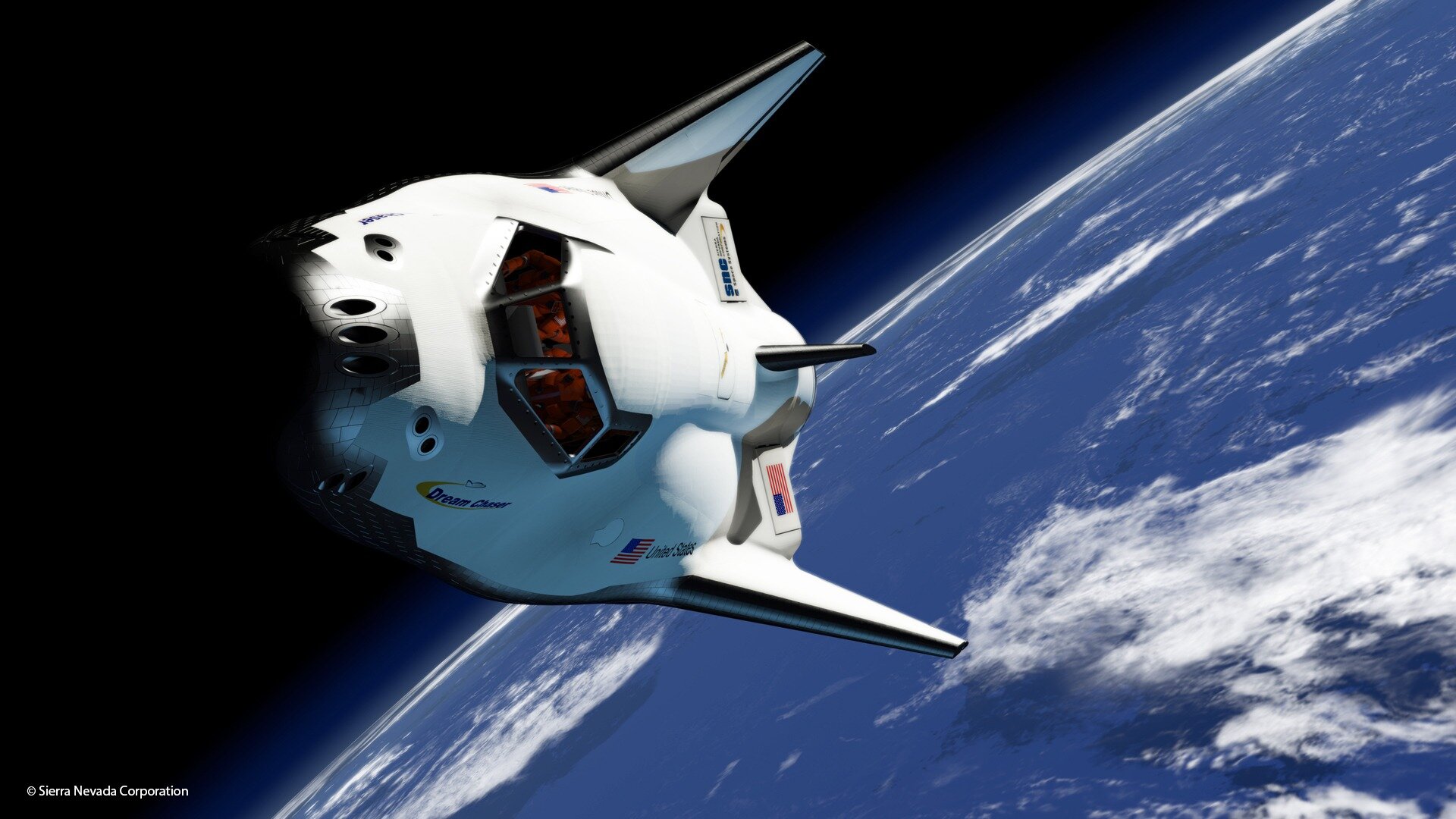
Now that we know some of the recent news regarding Dream Chaser, we can take a closer look at the contract with NASA and what makes this launch vehicle so special. Referred to as America’s Spaceplane, Sierra Space’s Dream Chaser spaceplane is a multi-mission space utility vehicle designed to transport crew and cargo to low-Earth orbit destinations such as the International Space Station. Dream Chaser was selected by NASA to provide cargo delivery, return and disposal service for the space station under the Commercial Resupply Service 2 (CRS-2) contract. The Dream Chaser Tenacity spaceplane will be the first orbital vehicle in their Dream Chaser fleet. In addition, Dream Chaser will provide a minimum of six cargo missions to and from the space station carrying critical supplies like food, water and science experiments, returning to Earth with a gentle runway landing.
In terms of design and variants, there are two main options for Dream Chaser. This includes a crewed variant and an uncrewed variant. Looking at the cargo version first, with the help of Sierra Space’s Shooting Star transfer vehicle, Dream Chaser can deliver up to 5,500 kg of pressurized and unpressurized cargo to the space station, including food, water, supplies, and science experiments and returns to Earth with a gentle runway landing. Dream Chaser can gently return critical cargo at less than 1.5 g’s. The vehicle is designed for high reusability, reducing overall cost and a quick turnaround between missions. The ability to launch on top of multiple launch vehicles and land at a wide variety of runways makes Dream Chaser a flexible option for reliable transportation. After leaving the space station, the Dream Chaser Cargo System also offers disposal services via the Shooting Star transport vehicle. Once separated from Dream Chaser, Shooting Star burns up safely in the Earth’s atmosphere. Some additional features include a folding-wing design that allows the uncrewed Dream Chaser to fit inside existing standard launch vehicle fairings, making it compatible with a suite of current & future launch vehicles. It also has solar arrays on the cargo module to increase flight time in space & support powered payloads.
Next, we have the crewed variant of Dream Chaser. Sierra Space points out that this spaceplane was originally designed as a crewed spaceplane, in part under NASA’s Commercial Crew Program, capable of carrying up to seven astronauts to and from the space station and other LEO destinations. Dream Chaser is 30 feet, or 9 meters, long which is roughly ¼ the total length of the space shuttle orbiters, and can carry up to five crew members. The crewed version of Dream Chaser is approximately 85% common to the cargo system and has environmental control and life support systems, windows for crew visibility, an integral main propulsion system for abort capability, and major orbital maneuvers. Some of the main differences which were partially mentioned prior include the addition of windows, life support, abort capability, and no fairing when launched. Together these two variants create a diverse future for Sierra Space full of different unique opportunities.
In addition to these variants, Dream Chaser has a lot of multi-mission solutions. Specifically, Dream Chaser can be customized for both domestic and international customers through vehicle configuration, launch site, destination, landing site, duration, and a host of other variables. Sierra Space has entered into agreements with multiple international space agencies and together they are developing technologies, applications, and missions for Dream Chaser-based space systems. A quick list of the possibilities includes science, observation, manufacturing, servicing, and low Earth orbit transportation.
Looking at the unique design of Dream Chaser, Sierra Space points out that a typical airplane has large wings that provide the lift to keep the vehicle in the air. While Dream Chaser does have small winglets, or fins, to provide directional stability in flight, the lift is created by the body of the vehicle (the underside) which is wide and flat. Its gentle low-g reentry allows Sierra Space to build Thermal Protection System (TPS) and an overall vehicle that is fully reusable with pin-point landing capability enabled by the lifting-body characteristics. The lifting-body design gives Dream Chaser a higher lift-to-drag ratio and allows for greater cross-range landing capability, meaning the landing zone (or places where it can land) is greatly increased. Not only this but Dream Chaser will experience atmospheric entry with a maximum of only 1.5 g’s throughout the flight profile, which is considerably less than existing capsule-based orbital return systems, or even most roller coasters. This attribute makes the Dream Chaser vehicle ideal for sensitive payloads and deconditioned or injured crew members returning from space.
Conclusion
All throughout the space industry, different companies are working on new and ambitious ways to access space. Sierra Space is no exception with the development of Dream Chaser, a spaceplane of the future. Over the past few years, the company has made a lot of progress on the launch vehicle, even more in recent months. With a launch date planned for just later this year, the company will need to continue working and launch the spaceplane for the first time. We will have to wait and see how it progresses and the impact it has on the space industry.

